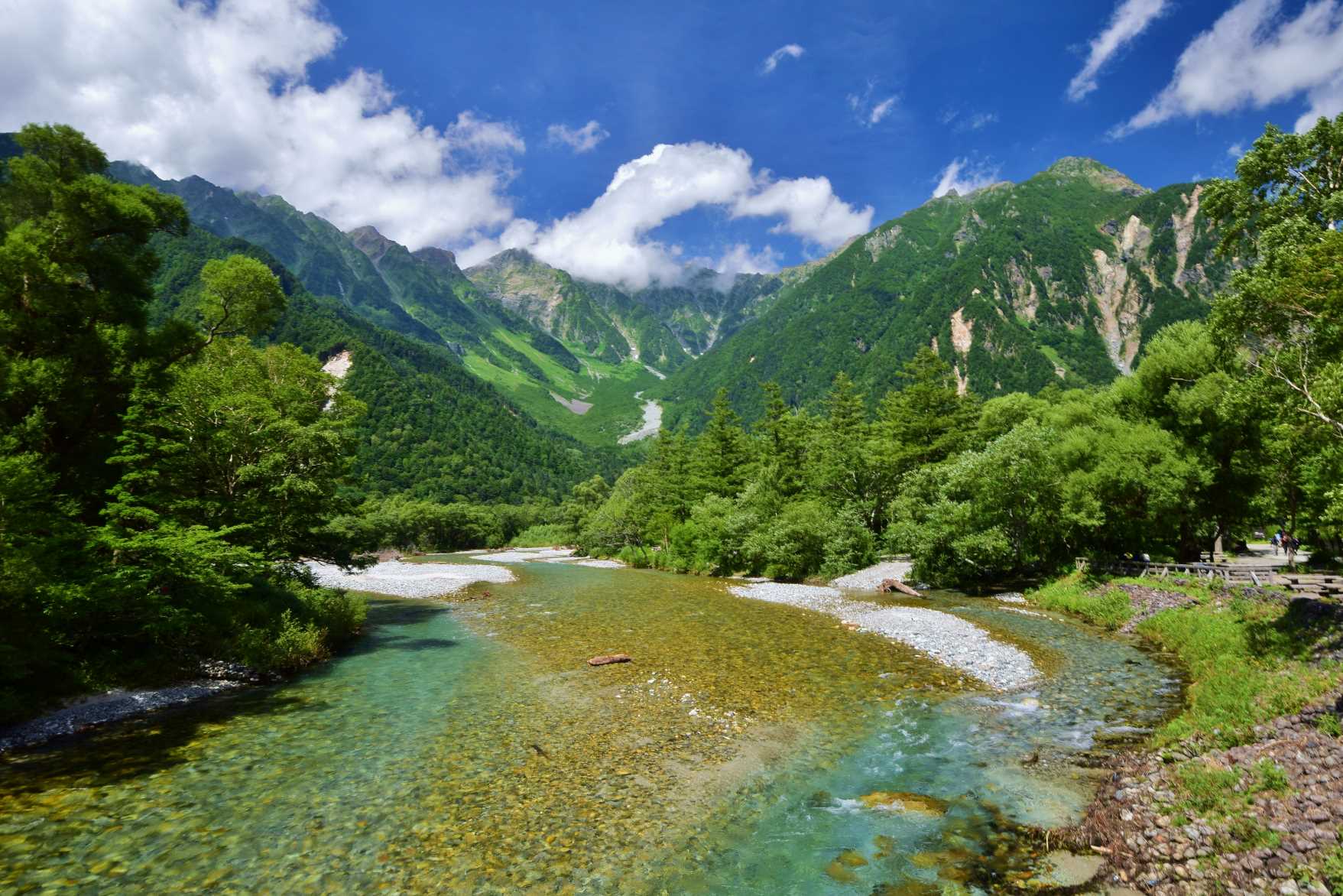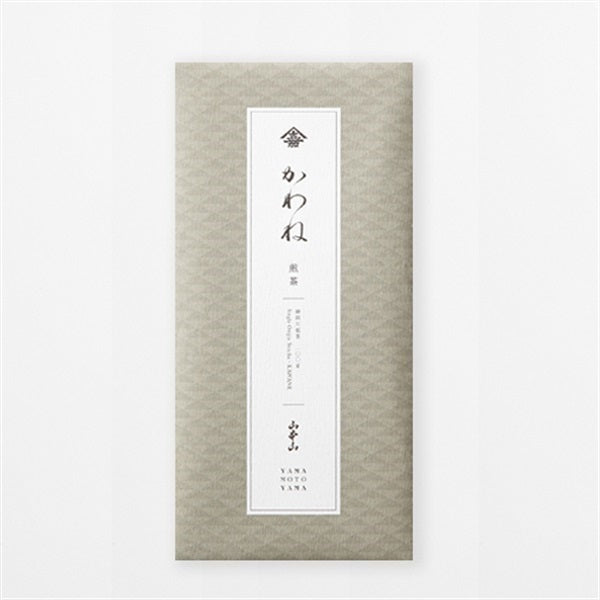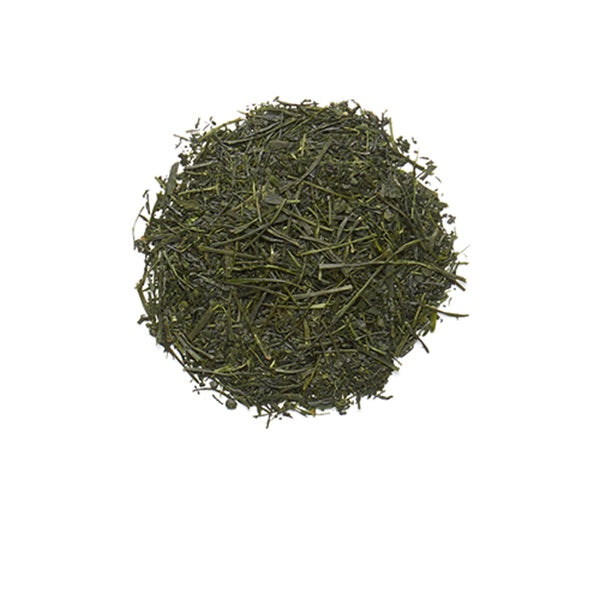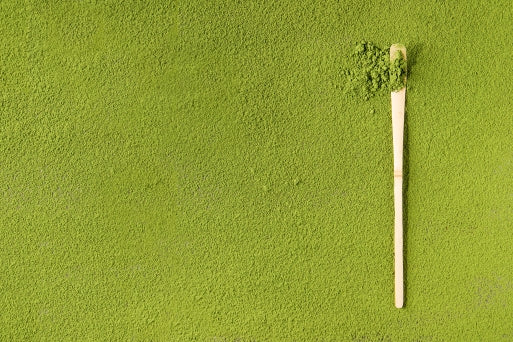
The reason why tea from mountainous regions is so delicious and the appeal of tea from the northernmost region
Introduction
It has long been said that tea from mountainous areas is delicious.
Indeed, many of the areas known for producing fine tea are found in mountainous areas along rivers. So why does tea from mountainous areas taste better than tea from flatlands?

Why tea from mountainous areas tastes so good
In mountainous areas, the hours of sunlight are shorter, the temperatures are lower, and there is a larger difference in temperature between day and night compared to flat land, so tea leaves grow more slowly.
This slow growth allows the umami components of the tea leaves to develop thoroughly.
Specifically, the tea contains fewer catechins and more amino acids, resulting in tea with less bitterness and astringency, and with a pronounced umami and sweetness.
Furthermore, tea plantations in mountainous areas are shaded by the surrounding trees, which allows the production of tea with a unique flavor known as the "aroma of the mountains."

Characteristics of Tea from the Flatlands
On the other hand, tea grown in lowlands has longer hours of sunlight and less difference in temperature between day and night, so the tea leaves grow quickly and contain a balanced amount of various nutrients.
Therefore, the overall flavor tends to be stronger than tea from mountainous areas.
In this way, the taste and aroma of tea are created through a complex interplay of various factors, including the local climate, topography, and cultivation methods.

The northernmost tea-producing region of Japan and the appeal of tea there
So how far north has Japanese tea cultivation expanded?
Generally, the northern limit of commercial tea production is considered to be around the line connecting Murakami City, Niigata Prefecture (Murakami tea) on the Sea of Japan side and Daigo Town, Kuji County, Ibaraki Prefecture (Okukuji tea) on the Pacific side.
The teas from these two major producing areas, "Murakami tea" and "Okukuji tea," are known as the "northernmost teas" of Japan.
Because it is grown in an environment with severe cold and snow, the tea leaves are thick and have a strong flavor and sweetness. Another attractive feature is that it has low caffeine content and a mellow taste.

However, further north, tea is also grown by farmers as a side business or for home consumption.
The northern limit of tea growing can be seen in the garden of Zengenji Temple in Furubira Town, Hokkaido.
In recent years, due to the effects of global warming, the areas where tea can be grown are gradually moving northward.
Tea cultivation is now taking place in Akita and Aomori prefectures, and in the future, it may be possible to produce commercial tea in areas even further north.

summary
What did you think? The taste and aroma of tea are created by a complex combination of various factors, such as the climate, topography, and cultivation methods of the land.
Teas from mountainous regions, such as Kawane tea from Shizuoka Prefecture, are characterized by their deep flavor and sweetness, which come from tea leaves that grow slowly.
On the other hand, tea grown in lowlands has long hours of sunlight and a warm climate, so it has a well-balanced composition and a strong flavor. Chiran tea from Kagoshima Prefecture is a typical example.
The appeal of northernmost tea is its strength, which comes from being grown in a harsh environment, and its mellow flavor.
As you can see, the taste of tea varies depending on the region where it is produced. Tea leaves grown in the soil and climate conditions of each region offer unique flavors.







